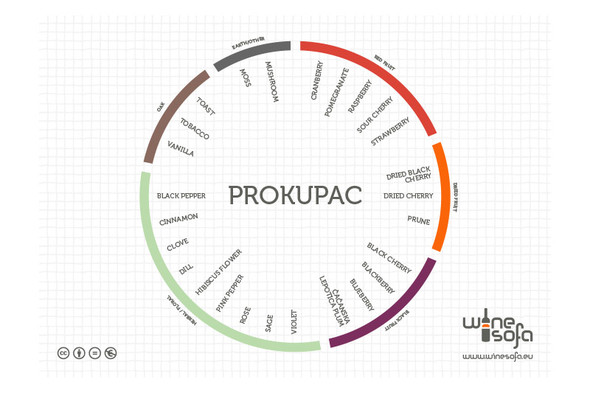It’s most at home in the Župa Valley south of Belgrade and is often dubbed the ‘King of Župa’. According to Wines of Balkans, It is generally planted bush trained in sandy, pebbly soil in order to control its high yields and subdue its vigour. As a late-ripening variety, it tends to prefer sun-drenched southern slopes.
It’s known for its high sugar levels, therefore high potential alcohol level. It is a powerful, chewy wine with high levels of tannin, perhaps best consumed after a few years of bottle ageing to allow those tannins to soften, tending to show red fruit, such as cherry, raspberry and plum. It is said that some compare it to Shiraz. Its distinct tannic structure should therefore give the variety excellent ageing potential. The rosés it produces are deep in colour, darker than a traditional pink wine, with flavours of strawberry and rose.
In common with many other varieties, just to muddy the waters, it too has a long list of synonyms - Crnka, Darchin, Kamenicarka, Kamenilarka, Kamenitscharka, Majski Cornii, Negotinsko Crno, Nichevka, Nikodimka, Nisevka, Procoupatz, Procupac, Prokoupatz, Prokupats, Prokupatz, Prokupec, Prokupka, Rekavac, Rekovacka Crnka, Rskavac, Rskavats, Rskavaty, Scopsko Cherno, Skopsko Crno, Skopsko Tsrno, Tsrnina, Zachinok, Zaichin, Zarchin, Zarcin, Zartchin, Zartchine.






